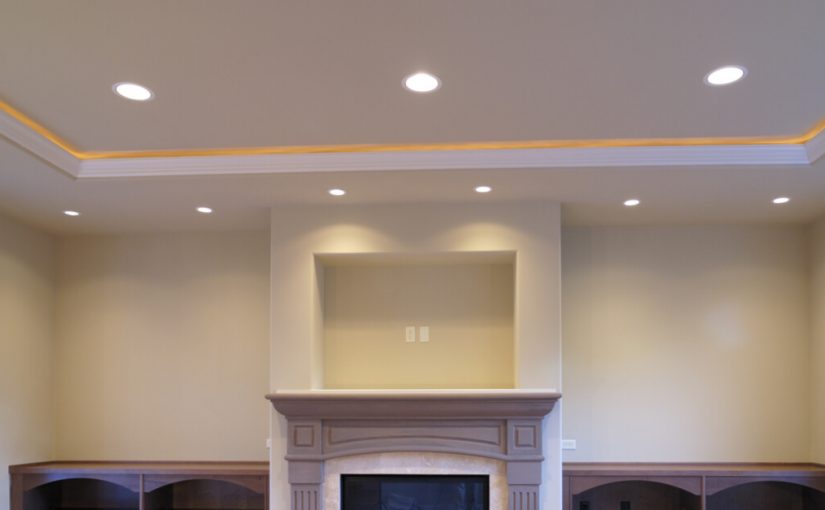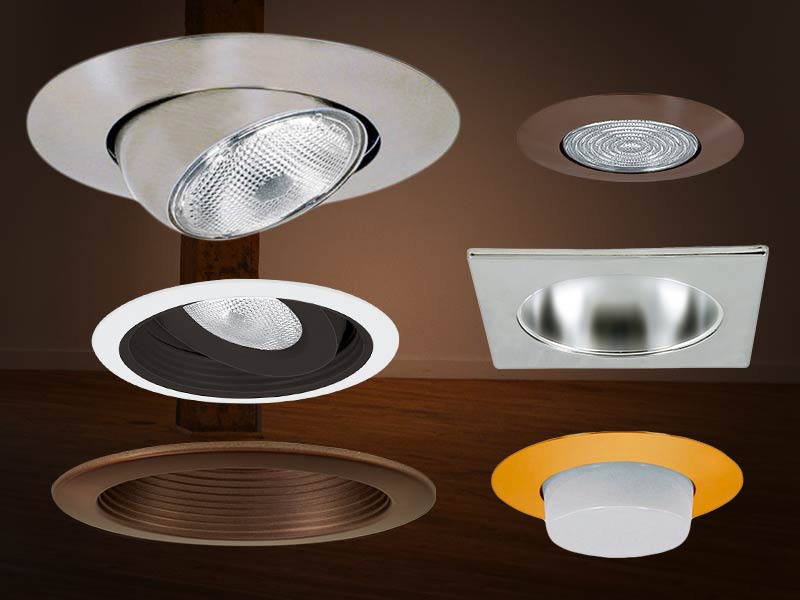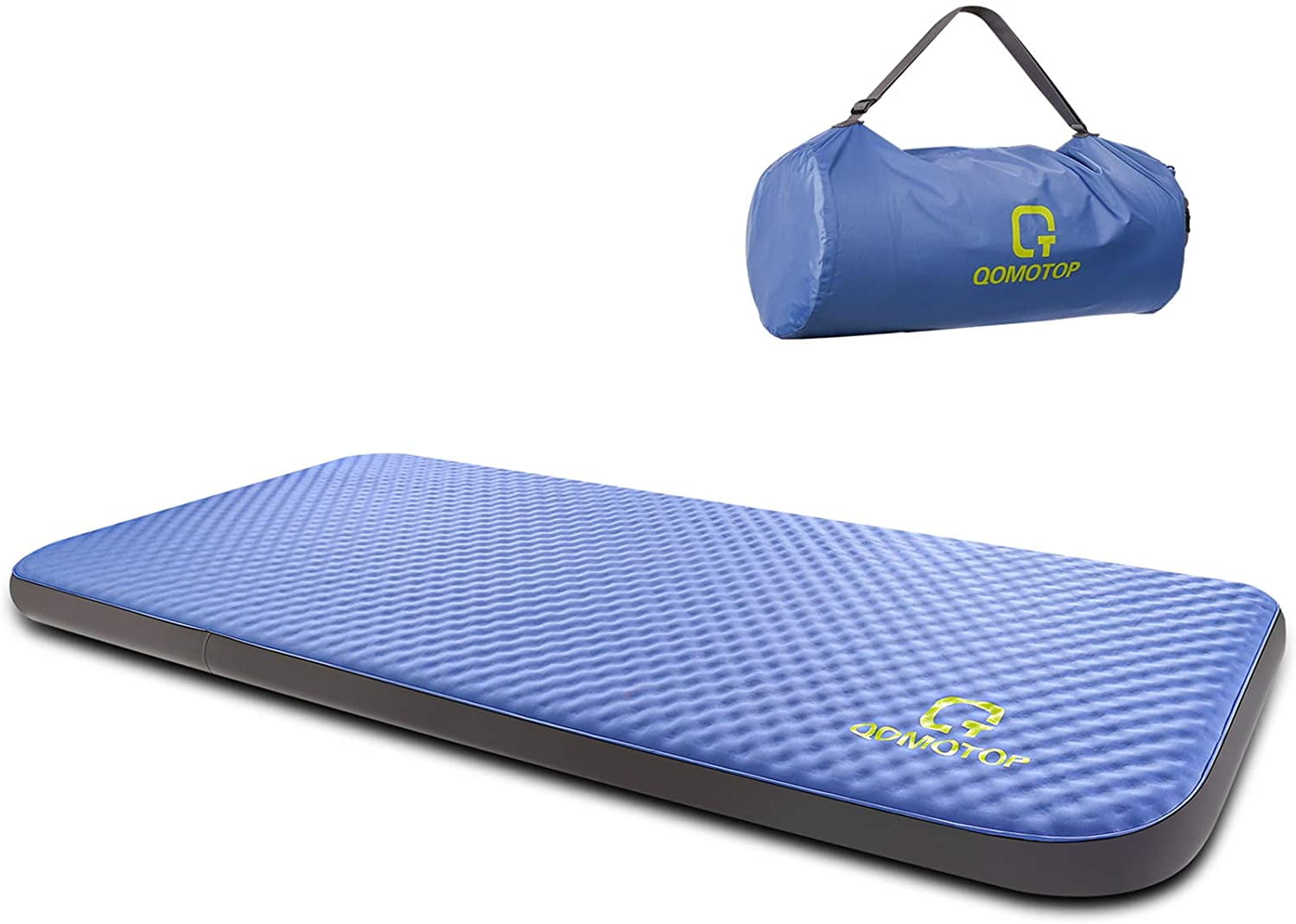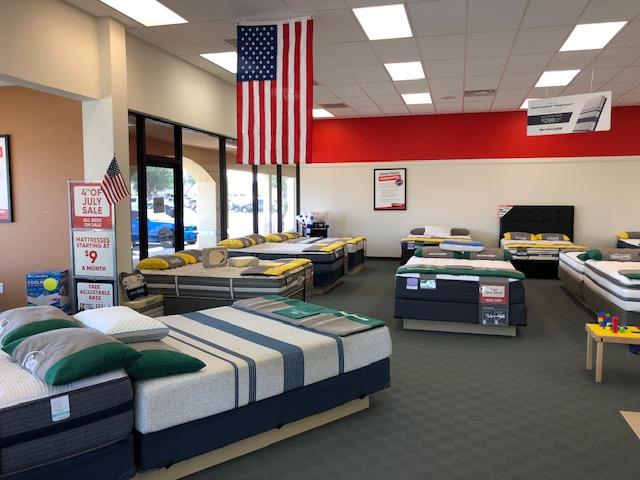Recessed lighting has become a popular choice for kitchen lighting due to its sleek and modern design. However, like any other lighting option, it has its own set of pros and cons that should be considered before making a decision. In this article, we will discuss the top 10 pros and cons of recessed lighting in the kitchen to help you determine if it is the right choice for your home.Pros and Cons of Recessed Lighting in Kitchen
Before we dive into the specific pros and cons of recessed lighting in the kitchen, it is important to understand what it actually is. Recessed lighting, also known as can lights or downlights, is a type of lighting that is installed into the ceiling, creating a clean and seamless look. Now, let's take a closer look at the advantages and disadvantages of using this type of lighting in your kitchen.Recessed Lighting in Kitchen Pros and Cons
Advantages: 1. Modern and Sleek Design: Recessed lighting is known for its clean and minimalist design, making it a perfect choice for modern kitchens. It adds a touch of elegance and sophistication to the overall design of the kitchen. 2. Provides Ample Lighting: Since recessed lighting is installed into the ceiling, it covers a larger area and provides more lighting compared to traditional light fixtures. This is especially beneficial for larger kitchens or for those who love to cook and need proper lighting for food preparation. 3. Versatility: Recessed lighting comes in different sizes and shapes, making it a versatile option for any kitchen design. You can choose from different trim options, such as baffle, reflector, or adjustable, to achieve the desired lighting effect. 4. Saves Space: As mentioned earlier, recessed lighting is installed into the ceiling, which means it does not take up any space in your kitchen. This is ideal for smaller kitchens where every inch of space counts. 5. Long-lasting: Recessed lighting is known for its durability and long lifespan. With proper installation and maintenance, it can last for many years without the need for frequent replacements. Disadvantages: 1. Difficult to Install: Installing recessed lighting can be challenging, especially if you have a finished ceiling. It may require cutting and patching the ceiling, which can be time-consuming and costly. 2. Limited Directional Lighting: Unlike other types of light fixtures, recessed lighting does not provide directional lighting. This means that it may not be suitable for certain tasks, such as reading or working on a specific area of the kitchen. 3. Cost: Recessed lighting can be more expensive compared to other lighting options, especially if you need to install multiple fixtures. However, its long lifespan and energy efficiency may prove to be a cost-effective choice in the long run. 4. Not Suitable for Every Ceiling: Recessed lighting is not suitable for every type of ceiling, such as low or sloped ceilings. It is important to consult a professional to determine if your ceiling can accommodate this type of lighting. 5. May Cause Shadows: Depending on the placement of the recessed lighting, it may cause shadows in certain areas of the kitchen. This can be problematic when trying to achieve even lighting throughout the space.Advantages and Disadvantages of Recessed Lighting in Kitchen
After weighing the pros and cons, it's time to answer the big question - is recessed lighting a good choice for your kitchen? The answer is, it depends. Recessed lighting can be a great option for those who want a modern and minimalist look, need ample lighting, and have the budget for it. However, it may not be the best choice for those with lower ceilings, need directional lighting, or are on a tight budget.Is Recessed Lighting a Good Choice for Kitchen?
Now let's take a closer look at the benefits and drawbacks of using recessed lighting in the kitchen. Benefits: 1. Clean and modern design 2. Ample lighting coverage 3. Versatile 4. Space-saving 5. Long-lasting Drawbacks: 1. Difficult installation 2. Limited directional lighting 3. Costly 4. Not suitable for every type of ceiling 5. May cause shadowsBenefits and Drawbacks of Recessed Lighting in Kitchen
Ultimately, the decision to install recessed lighting in your kitchen will depend on your personal preferences, budget, and the design of your kitchen. It is important to carefully consider the pros and cons before making a decision. Consulting a professional can also help you determine if recessed lighting is a suitable option for your kitchen.Should You Install Recessed Lighting in Your Kitchen?
To summarize, here are the main pros and cons of using recessed lighting in the kitchen: Pros: Modern and sleek design, ample lighting coverage, versatility, space-saving, and long-lasting. Cons: Difficult installation, limited directional lighting, costly, not suitable for every type of ceiling, and may cause shadows.Pros and Cons of Using Recessed Lighting in Kitchen
When it comes to choosing the best lighting option for your kitchen, it ultimately depends on your personal preferences and needs. Recessed lighting may be the best choice for some, while others may prefer a different type of light fixture. It is important to consider all factors before making a decision.Is Recessed Lighting the Best Option for Kitchen?
Lastly, let's take a look at the advantages and disadvantages of using recessed lighting specifically in kitchen design. Advantages: 1. Enhances modern and sleek design 2. Provides ample lighting for food preparation and cooking 3. Allows for versatility in design and placement 4. Creates a clean and seamless look in the kitchen 5. Can highlight specific areas or features in the kitchen Disadvantages: 1. May not be suitable for every type of kitchen design 2. Difficult to install in certain kitchen layouts 3. Can be costly, especially for larger kitchens 4. May not provide enough directional lighting for tasks 5. Requires proper placement to avoid shadowsAdvantages and Disadvantages of Recessed Lighting in Kitchen Design
In conclusion, recessed lighting can be a great choice for kitchen lighting due to its modern design, ample lighting coverage, and versatility. However, it also has its own set of drawbacks, such as difficult installation and limited directional lighting. It is important to carefully weigh the pros and cons and consider your personal needs before making a decision. Consulting a professional can also help ensure that recessed lighting is a suitable option for your kitchen design. Conclusion
The Pros and Cons of Installing Recessed Lighting in Your Kitchen

Additional Pros of Recessed Lighting
 In addition to the benefits mentioned in the previous paragraphs, there are a few more advantages to installing recessed lighting in your kitchen. One of the main benefits is the flexibility it offers in terms of design. Recessed lighting can be placed in any area of the kitchen, providing a customizable and modern look. It also allows for more creative lighting options, such as accent lighting to highlight certain features or task lighting for specific work areas.
Another advantage of recessed lighting is its energy efficiency. These lights use less energy than traditional light fixtures, which can help lower your electricity bill. This is especially beneficial for those who spend a lot of time in the kitchen and need to keep the lights on for extended periods.
Furthermore, recessed lighting can also be a great solution for small kitchens. With limited space, bulky light fixtures can make the kitchen feel cramped and cluttered. Recessed lights, on the other hand, are discreet and take up very little space, making the kitchen appear larger and more spacious.
In addition to the benefits mentioned in the previous paragraphs, there are a few more advantages to installing recessed lighting in your kitchen. One of the main benefits is the flexibility it offers in terms of design. Recessed lighting can be placed in any area of the kitchen, providing a customizable and modern look. It also allows for more creative lighting options, such as accent lighting to highlight certain features or task lighting for specific work areas.
Another advantage of recessed lighting is its energy efficiency. These lights use less energy than traditional light fixtures, which can help lower your electricity bill. This is especially beneficial for those who spend a lot of time in the kitchen and need to keep the lights on for extended periods.
Furthermore, recessed lighting can also be a great solution for small kitchens. With limited space, bulky light fixtures can make the kitchen feel cramped and cluttered. Recessed lights, on the other hand, are discreet and take up very little space, making the kitchen appear larger and more spacious.
Potential Cons of Recessed Lighting
 While recessed lighting has many benefits, there are also a few potential downsides to consider before making the decision to install them in your kitchen. One of the main concerns is the installation process. Unlike traditional light fixtures, recessed lighting requires cutting holes in your ceiling, which can be a messy and time-consuming task. It is best to hire a professional to ensure the job is done correctly and safely.
Another drawback is the lack of flexibility once the lights are installed. Unlike portable lamps or ceiling fixtures that can be moved and adjusted, recessed lighting is fixed in place. This can make it difficult to change the lighting layout in the future if your kitchen needs or preferences change.
Lastly, recessed lighting can be more expensive upfront compared to traditional light fixtures. However, as mentioned earlier, the energy efficiency of these lights can help save money in the long run.
In conclusion, recessed lighting can be a great addition to your kitchen, providing a sleek and modern look, energy efficiency, and flexibility in design. However, it is important to weigh the potential drawbacks and consider your specific needs and preferences before making the decision to install them. With proper installation and careful consideration, recessed lighting can be a valuable and stylish addition to your kitchen.
While recessed lighting has many benefits, there are also a few potential downsides to consider before making the decision to install them in your kitchen. One of the main concerns is the installation process. Unlike traditional light fixtures, recessed lighting requires cutting holes in your ceiling, which can be a messy and time-consuming task. It is best to hire a professional to ensure the job is done correctly and safely.
Another drawback is the lack of flexibility once the lights are installed. Unlike portable lamps or ceiling fixtures that can be moved and adjusted, recessed lighting is fixed in place. This can make it difficult to change the lighting layout in the future if your kitchen needs or preferences change.
Lastly, recessed lighting can be more expensive upfront compared to traditional light fixtures. However, as mentioned earlier, the energy efficiency of these lights can help save money in the long run.
In conclusion, recessed lighting can be a great addition to your kitchen, providing a sleek and modern look, energy efficiency, and flexibility in design. However, it is important to weigh the potential drawbacks and consider your specific needs and preferences before making the decision to install them. With proper installation and careful consideration, recessed lighting can be a valuable and stylish addition to your kitchen.


:max_bytes(150000):strip_icc()/Kitchenhangingpendants-GettyImages-1124732969-f47fe4a0f6014e6cbb4d2b8fa2e68334.jpg)
















:max_bytes(150000):strip_icc()/kitchenrecessedlighting-GettyImages-155383268-dec5caad600541ff81cbdd6d06846c66.jpg)






















































